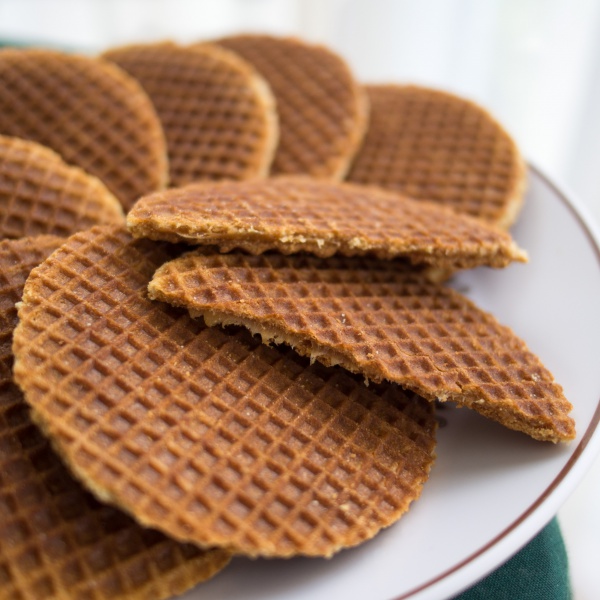Facts About Stroopwafel
Stroopwafels are a beloved Dutch wafer cookie originating from the city of Gouda. These delightful treats consist of two thin layers of baked dough with a caramel filling sandwiched in between. The dough, made from flour, butter, brown sugar, yeast, milk, and eggs, is cooked in a waffle iron. Once baked, the wafers are filled with warm caramel and pressed together.
The origins of stroopwafels can be traced back to the late 18th or early 19th century in Gouda. A popular account credits their invention to a baker named Gerard Kamphuisen. By 1870, stroopwafels had started to spread beyond Gouda, and by the 20th century, factory-made versions had become widely available.
It is believed that the idea for stroopwafels may have been inspired by waffle recipes from Belgium or Flanders, as the Netherlands did not have a tradition of making waffles. There are also some delicious variations of stroopwafels, such as honingwafels, which use honey instead of syrup, and stroopkoeken, which feature a caramel syrup filling.
You can find stroopwafels in markets, from street vendors, and in supermarkets. They even made their way onto United Airlines flights starting in 2016. Interestingly, these cookies have also become popular in Indonesia, where they're known as wafel setrop or wafel sirop.
Stroopwafels have also appeared in popular culture. In a 2017 episode of The Great British Bake Off, contestants were challenged to make stroopwafels, which turned out to be one of the show's most difficult tasks.

 Germany
Germany